
Jim Broadbent as King William IV having a row with the Duchess of Kent in front of an assemblage of some of my Georgian dessert food, including some Savoy cakes and a moulded ice cream in the form of a palm tree.
About five years ago I recreated King William IV's birthday dinner for The Young Victoria, which has recently been repeated on BBC television here in the UK. I remember arriving at the chosen location Arundel Castle in my rather small Citroen with enough food to set up a vast dessert table for one hundred diners. Nobody on the set could believe how a repast of such ambitious scale could emerge from the back of such a modest vehicle. I guess it was a kind of regal retake on the miracle of the loaves and fishes. However, having a background in decorative arts and museums, I was horrified by the rather inappropriate tableware that was provided by the prop department. At the original entertainment in 1836 at Windsor Castle, William's table was dressed with brother George VI's Grand Service, still used by the present Queen for state banquets. This was far, far grander than the bric-a-brac we were given to dress our table. The food stylist Katherine Tidy and I set about attempting to hide all the late Victorian crockery under the food. I think we succeeded in creating a fairly royal impression as the dishes were so glamorous, the rather poor stuff upon which they sat fortunately went unnoticed.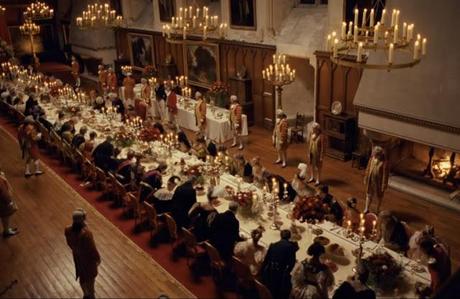
A hundred diners sat down to William's bithday table in 1836. It was much grander than this version we produced for The Young Victoria, as the table was laid with the Grand Service purchased by William's brother earlier in the century from the London goldsmiths Rundell, Bridge and Rundell.
If you have not seen this film, it is a love story spiced with some juicy dynastic intrigue in its early stages. It attempts to give an impression of the grandeur of court life at this period with lots of fancy frocks and ringlets - and with the food of course. However for me the more successful moments were the quieter ones which explored the passionate love which developed between the young queen and her handsome prince, eventually culminating in their marriage. In real life they had twenty happy years together, but Albert sadly died at the age of forty-two and Victoria mourned him for the rest of her long life. Whenever I walk past my kitchen dresser I tend to think about the lonely widowed queen, as in a prominent position sits a solitary jelly mold made in her image. It is a typical neo-gothic creation surmounted with a profile of the young queen. When it was issued to commemorate the royal marriage in 1840, it had a pendant - another mould, which I do not possess, representing Prince Albert. So sadly the young queen sits in my kitchen alone, just as she did for 40 years after her Prince Consort's death.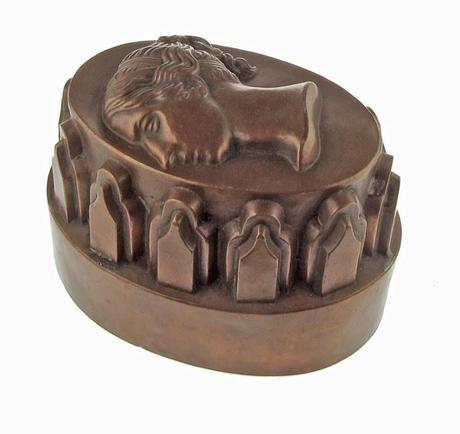
Queen Victoria (1819-1901)
Below is the royal jelly anthropomorph which the mold creates, looking somewhat like a cameo. Just recently I was offered a matching Albert mould, but at such an inflated price, that I am afraid Victoria continues to sit alone on my dresser.
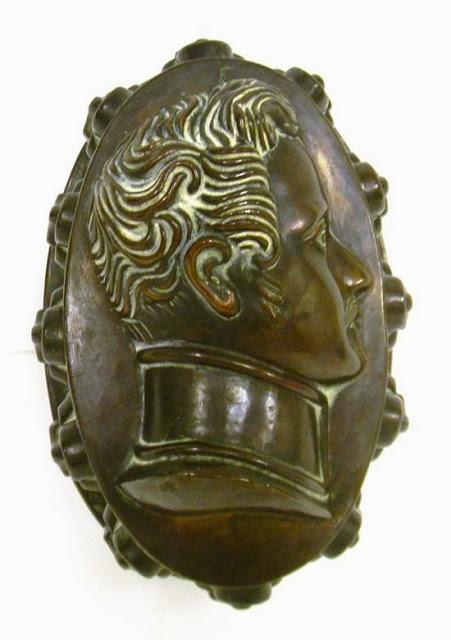
The other half of the pair - Prince Albert of Sax-Coburg and Gotha (1819-1861).
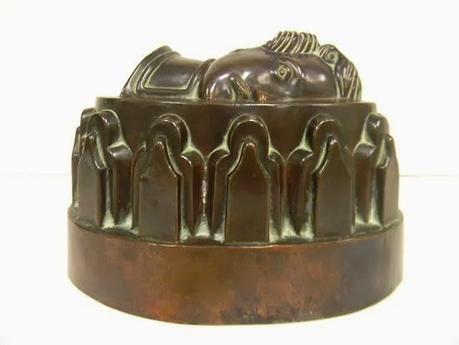
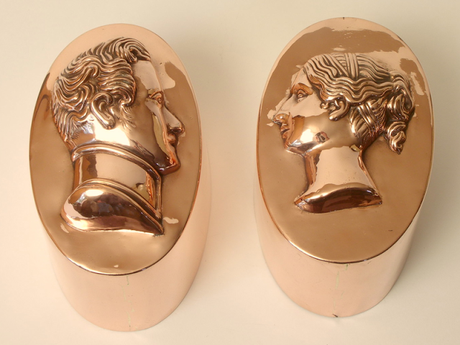
The Royal pair were also made in this plainer version
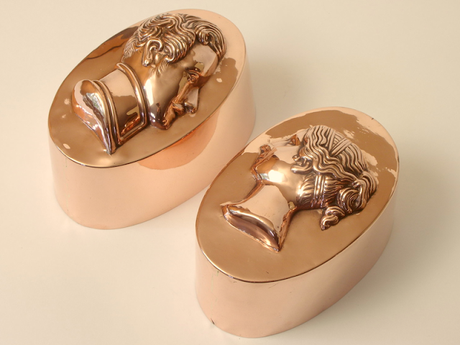
Has any nation other than Britian celebrated their rulers in this eccentric way?
